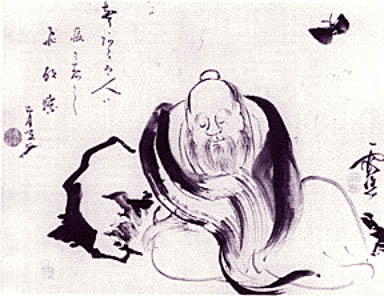Is Hysteria Real? Brain Images Say Yes [Free registration required]
http://www.nytimes.com/2006/09/26/science/26hysteria.html
Sigmund Freud: Conflict & Culture
http://www.loc.gov/exhibits/freud/freud02.html
Emotions and Disease: Psychosomatic Medicine
http://www.nlm.nih.gov/hmd/emotions/psychosomatic.html
Salem Witch Trials Documentary Archive
http://etext.virginia.edu/salem/witchcraft/
Hysteria by T.S. Eliot
http://www.famouspoetsandpoems.com/poets/t__s__eliot/poems/15187
Nerves and Narratives: A Cultural History of Hysteria in 19th-Century British Prose
http://ark.cdlib.org/ark:/13030/ft5d5nb38x/
The history of the condition formerly known as hysteria (now formally known as “conversion disorder”) dates back several millennia. Hippocrates once suggested that the most appropriate treatment for the condition was marriage, and for hundreds of years, the condition was erroneously considered to primarily affect women. While interest in this relatively unexamined condition waned in recent decades, a number of researchers and scientists have once again begun to embark on more complex projects to search for the origins of this condition. Despite the fact that functional neuroimaging devices such as PET scans can record changes in brain activity, there remains dissent within the scientific community about how the condition should be classified, and what criteria should be used to evaluate various aspects of the condition. For many, one of the most important discoveries about the nature of hysteria was posited by Sigmund Freud, who in working with that very famous patient, Anna O., was able to observe that the body might be acting out the internal dramas of the mind. While work continues in the field, many scientists remain optimistic about the search for greater understanding about the condition, and many would agree with Dr. Peter Halligan, a professor of neuropsychology, who recently commented, “We're only at the beginning”. [KMG]
The first link will take users to a fine article from this Tuesday's New York Times that provides both some background about the nature of hysteria, and the current research that is being done on the condition. Moving along, the second link will take visitors to an insightful online exhibit about Freud's work with Anna O. that includes both selections from his journals and images of historical documents, such as his classic, “Studies in Hysteria” from 1895. The third link leads to an online exhibit created by staff members at the National Library of Medicine that explores the early attempts by the French clinician Jean-Martin Charcot to learn more about the origins of hysteria through observation and research with patients. The forth link will whisk users away to a fantastic site that provides visitors with dozens of primary documents (including maps, first-hand accounts and monographs) that tell the story of the Salem Witch Trials, which at the time, were supposed to have been partially caused by “hysteria”. The fifth link leads interested literary types to the full text of T.S. Eliot's poem, “Hysteria”. Finally, the last link will take users to the complete text of a recent monograph that explores the representation of hysteria in 19th century British prose. Authored by P. Melville Logan, the work contains chapters titled “Narrative and Self-Violence” and “The Body in Need of Nerves”. [KMG]


